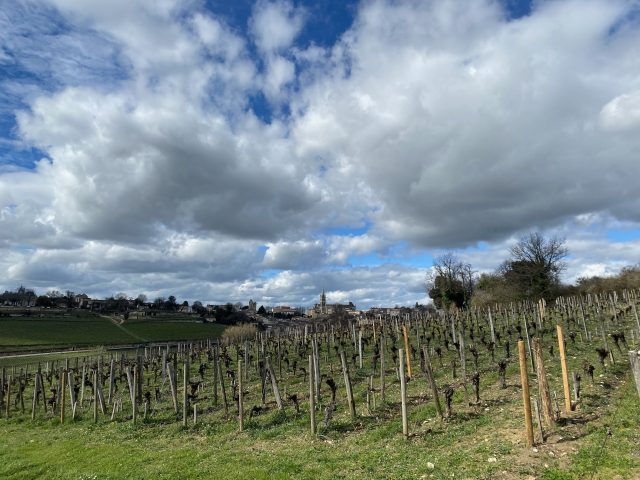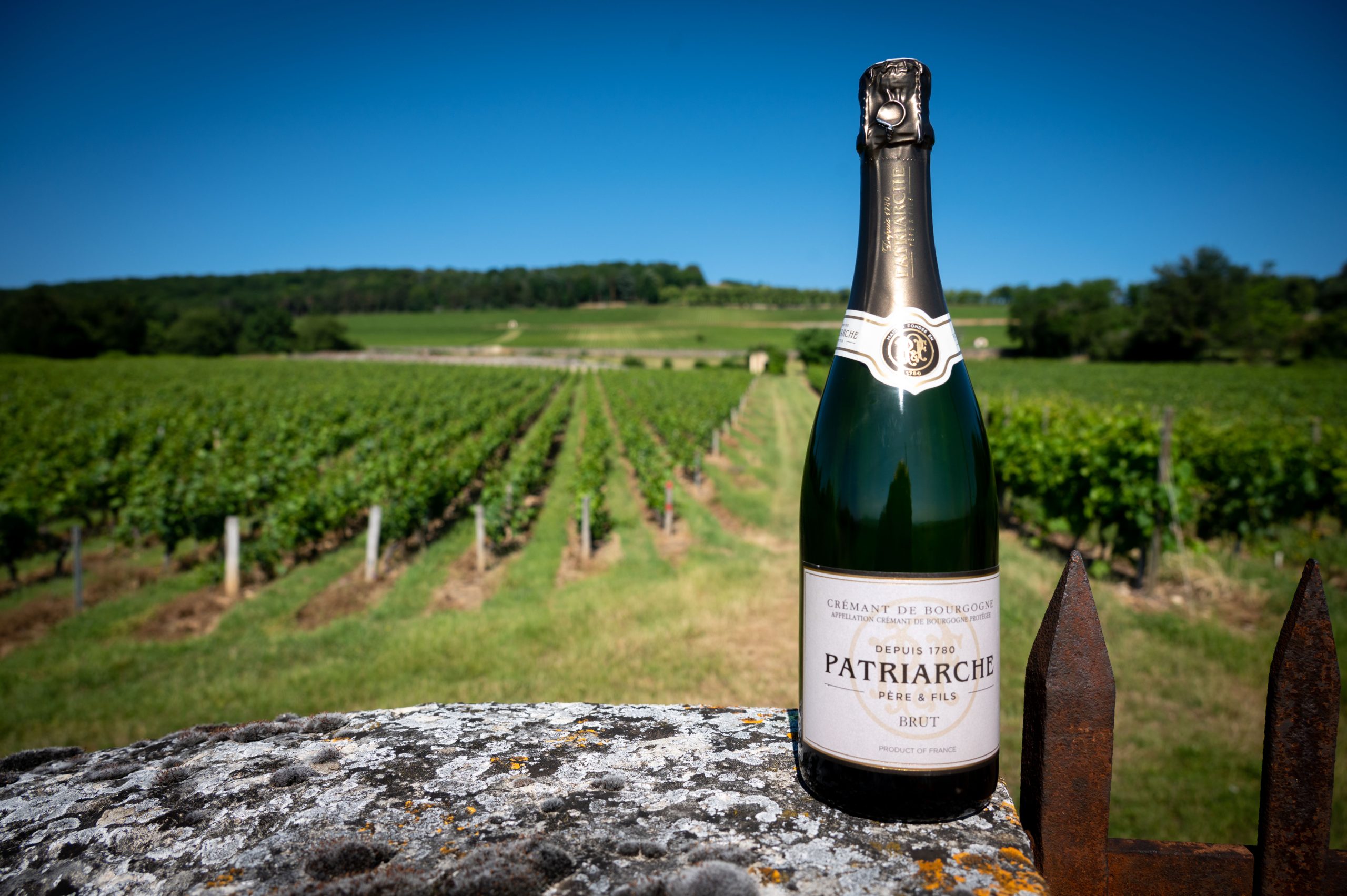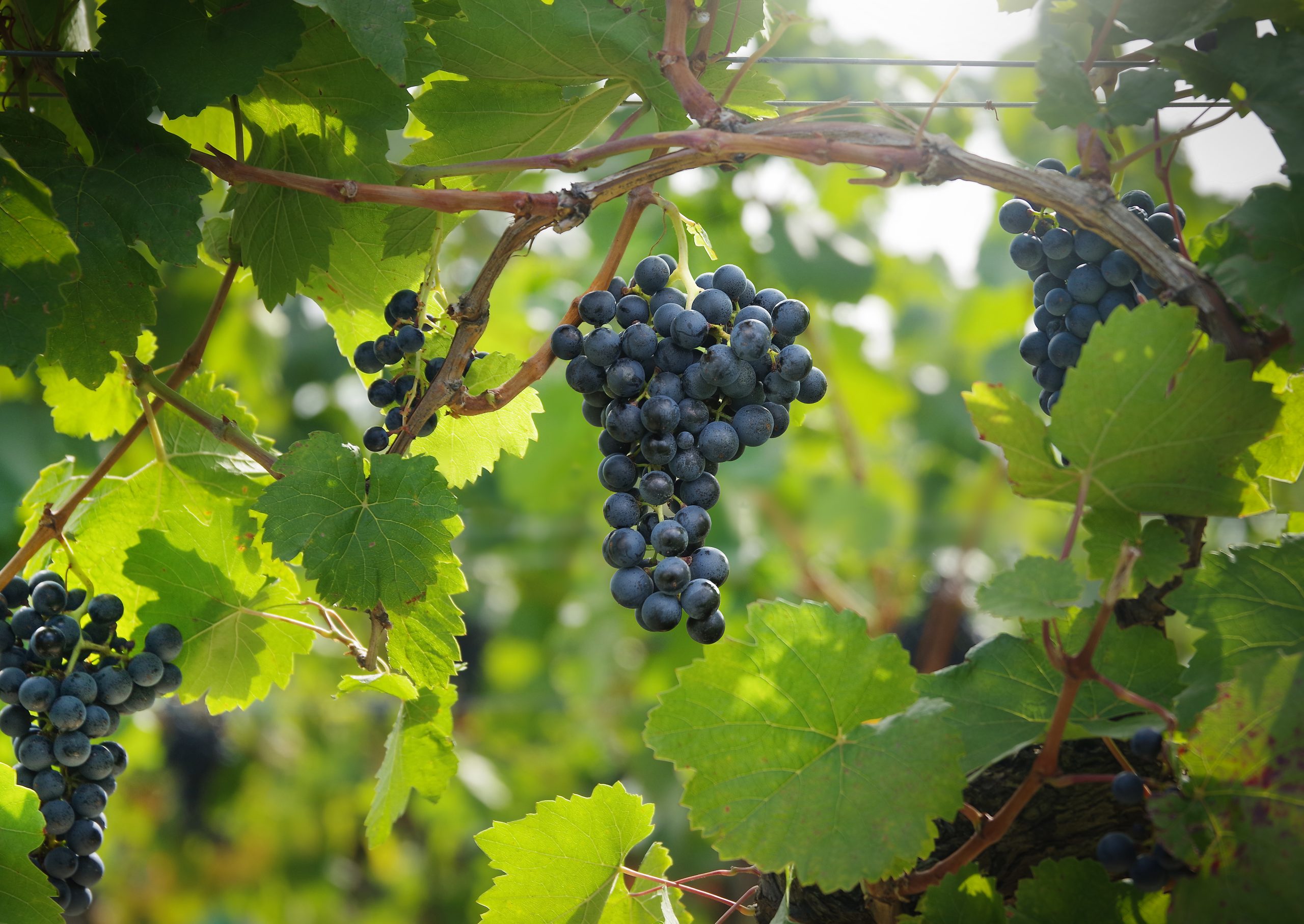Bordeaux en primeur: will a ‘35% reduction to recalibrate’ be enough?
In the second part of db’s analysis of the upcoming en primeur campaign, db’s Bordeaux correspondent Colin Hay’s ponders how we got to this point, and asks whether a 35% reduction in price will be enough to recalibrate en primeur?

In the first half of our analysis of the crisis facing the Bordeaux 2023 en primeur campaign, I listed the facts of what is at stake for Bordeaux this year. Here, I slightly veer into the hypothetical to illustrate how we got to this point – and also the ways in which Bordeaux can respond to potentially save en primeur.
How did we get here?
Consider the (alas) purely hypothetical case of Château Punchbowl-Lynchmob, an oft-forgotten third growth from the Moyen-Médoc appellation. Their 2022 was excellent and much appreciated by the critics. The négociants purchased it but moaned about the release price, threatening (not for the first time) that this was the very last time they were going to take their allocation of a wine they did not expect to sell through.
They took their allocation but only through gritted teeth and their fears were realised. A year on, they have sold just 10% of what they bought.
Let’s imagine, now, the situation of one of these négociants, the no less hypothetical, Toutacheté Toutvendu (TATV). Their allocation was of 1,000 cases of 12 bottles for which they paid the standard ex. château release price of €600 per case. And let’s assume, that the interest rate of the loan they used to purchase the wine was at 5% (most négociants borrow to purchase their en primeur allocations, their greatest annual investment of the year).
It’s not difficult to do the maths. The négociant’s en primeur outlay for this single wine was €0.6M (1,000 x 600). If we assume a not atypical margin of 15% (once the courtier’s commission has been paid) then they will have recouped a meagre €9,000 on the 10% they have sold to date (100 x 600 x 0.15). I hope you’re following.
€9,000 doesn’t sound like much, because it isn’t (especially on an outlay of €0.6M). But that’s as good as it’s going to get. Because, against this we need to offset the négociant’s borrowing costs. A year ago, these might have been negligible, but not any longer. Let’s assume an non atypical 5%. On the total initial outlay that amounts to €30,000. You begin to see the problem. Thus far, with only 10% of the allocation sold, the négociant has increased its net borrowing by between €0.54M and €0.6M (depending on whether or not it repaid the part of the loan associated with the portion of the allocation it has sold), and it has incurred a balance sheet loss over the period of €21,000.
Multiply that by 50-plus properties and you begin to see the magnitude of the effect. What’s more, pretty much the same thing happened for the 2021 vintage and, to a lesser extent, the 2020 (albeit at lower borrowing costs). And to rub salt into the wound, there is not much prospect of additional sales for the 2021s or 2022s in the next twelve months (especially if the 2023s are competitively priced). Compounding things further, the négociant is already paying storage costs for the 2021s (now in bottle) and will shortly be doing the same for the 2022s.

Put bluntly and pulling all of this together, since the 2020 campaign, en primeur for the négociants has represented a lot of outlay, a lot of additional borrowing (now at rather more punitive rates) and very little income to set against either. That is unsustainable. It is not surprising, then, both that a number of ostensibly well-established négociants are in great difficulty and that many more of them are ready to refuse allocations they have thus far been accustomed to accepting to avoid finding themselves in the same situation.
In effect, since the Covid-related 2019 campaign recalibration, the négociants have born the properties’ financial risk, underpinning each consecutive vintage in ever more difficult market conditions (at least for those wines whose allocations that have continued to take). That has arguably been good in the sense that it has allowed massive, almost systemic investment in the vineyards and above all wine-making facilities of the leading properties of the region, allowing Bordeaux to be better placed than it would otherwise be to deal with climate change and, quite simply, just to make better wine than it ever has before.
But a breaking point has now been reached.
Partner Content
So what should Chateau Punchbowl-Lynchmob do? Let’s assume for now that it’s made a 2023 every bit as good and possibly a little better than its 2022 (since I’ve essentially tasted nothing at this point, this is no less hypothetical than the rest). In such a situation, it strikes me, it faces a number of options.
1. Pace-setting price setter
But if it were to agree with the above analysis and it were ambitious, I actually think it’s best option would be to declare itself, in effect, a pace-setting price-setter and to release early with a steep reduction in release price – let’s say, of 35% with respect to the 2022 vintage. There are all kinds of advantages to adopting such a position, not the least of which is purely reputational. If the Bordeaux 2023 campaign requires for its success the price signalling of those prepared to take the responsibility for releasing early and low, then why not take the credit for being one of those to fire the starting gun? History suggests that the market tends to smile on those who have done so before – Pontet Canet and Cheval Blanc in 2019, the first growths in 2008.
2. Timidity comes at a cost
Another credible, if rather more timid option, is clearly to bide one’s time and to see how things unfold. This might sound like a safer bet; but the risks I suspect are actually greater. It the campaign gets off to a good start, above all through the symbolic price-signalling of the kind I’ve just envisaged (and as is clearly being talked about), then I think it important that properties prepared to follow the price lead of others do so relatively quickly. We’ll come back to this, but one of my greatest anxieties about Bordeaux 2023 is that, even with ostensibly dramatic reductions in release price, it is not clear to me that the demand exists today to see a campaign of anything like the size of that for the 2019 vintage. In short, properties that release late may well risk missing the proverbial boat. Their timidity threatens to come at a cost.
3. Price setting must secure the buyer a return on investment
Most of the above is relatively simple. For the key factors at play are not difficult to identify. The difficult part, however, may well turn out to be the most important – the figure of 35% itself. In the preceding reflection I have simply assumed that this is the kind of ball-park reduction in price necessary and sufficient to kick-start a successful campaign. In fact, this is already something of a simplification. For what is really required here is a release price that is both accepted by the secondary market and accepted to such an extent that it guarantees (as best possible) a positive price trajectory thereafter. In other words, it secures for the buyer a return on their investment net of borrowing costs (or, at least, above the prevailing rate of interest).
So, put like that, is 35% enough? The honest answer is that I simply do not know; few if any of us do. But it is more likely to be too little than too much. There are clearly lots of internal conversations in Bordeaux today about what the appropriate discount level needs to be on the 2023 vintage (relative to 2022 release prices) and those debates will no doubt continue until the first releases (not least, as market conditions evolve).
4. Will early movers set the tone?
I am privy only to very few of those conversations and clearly I would be wise to take what I hear about pricing with a certain pinch or two of salt anyway. But, taking all of that into account, I would not be surprised to see early movers (including a first growth or two) cut their release prices in a consciously coordinated and consciously symbolic move by between 30 and 35%. A month ago I was rather more sceptical about this. And, of course, it is quite possible that in another month’s time I will be equally sceptical. But I suspect something of that order is both required and, crucially, seen in Bordeaux to be required. Time will tell if I am right.
5. Will this be enough?
But as already alluded to, even a market transforming step-level reduction in price does not guarantee success – and therein lies the real problem. For if properties feel that a cut in release price of as much as 35% does not ensure that their wines will sell through immediately, then they might well be tempted not to follow the first movers. Needless to say, were that to happen en primeur itself would be in jeopardy. For we would already be in the process of witnessing another campaign in which the properties refused – and en masse – to offer prices to the market that the market was prepared to bear. The consequences are not too difficult to envisage.
Let me spare you the gory details and conclude, instead, by stating as clearly as I can why this time is different.
6. Potential demand does not exist as it used to
The underlying difficulty here is certainly painful to articulate but it not difficult to identify. To cut to the chase, the potential demand for Bordeaux en primeur that existed, even in the midst of the Covid crisis when the 2019s were released, does not exist today and the market conditions are significantly worse than they were then. Partly as a consequence, the secondary market is awash with quite heavily discounted back stock, often from excellent vintages, at prices close to – and in some cases lower than – those we are talking about here. And there is quite a lot of additional back stock gathering dust whilst it loses value in storage around the world that is not even on the market because there is essentially no demand for it.
But that’s not all. The cost of borrowing has soared and is now around three times higher than it was in 2020. The cost of storage, too, has risen very significantly. And finally, with the 2021 and 2022 release prices never having really been accepted by the market in the first place, a reduction of 35% relative to last year’s release price is a rather different thing to a similar reduction for the 2019 vintage. This is ultimately why it is so difficult to gauge whether 35% is enough. In sum, the incentives to purchase en primeur and the economic fundamentals that used to make en primeur work are no longer present today.
The 2023 en primeur campaign might help to restore them and, perhaps in the process, help lead the wider fine wine market out of the doldrums. We can only hope that it does. But Rome was neither built nor, rather more appropriately, rebuilt in a day.
Read more
Bordeaux en primeur system ‘at breaking point’
Related news
Castel Group leadership coup escalates
For the twelfth day of Christmas...
Zuccardi Valle de Uco: textured, unique and revolutionary wines




